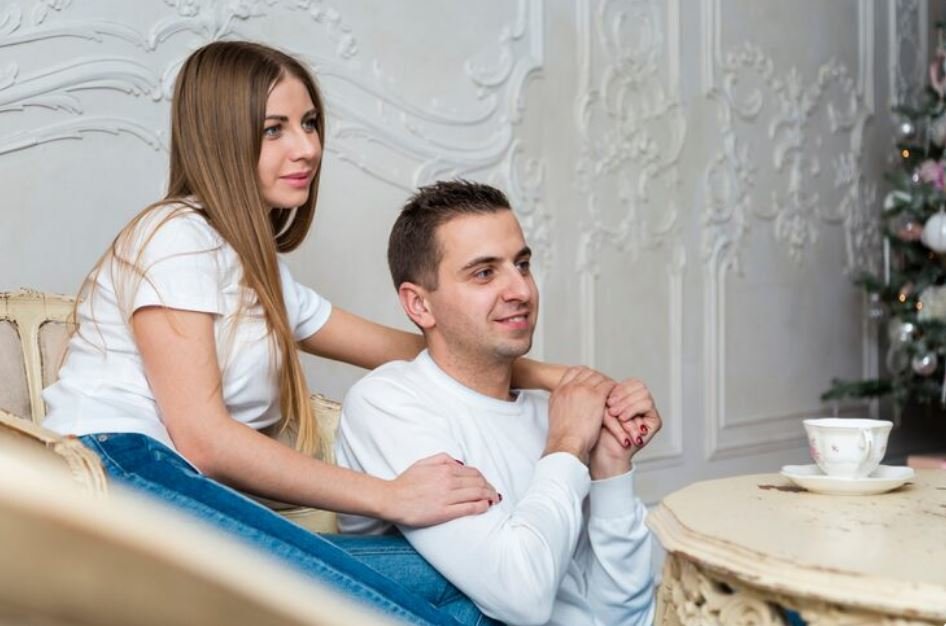
The elevated form of self-care that spa weekends or international retreats once signified has become remarkably similar to couples therapy in recent years. However, this change focuses on the emotional fluency that supports long-term relationships rather than pampering. Many contemporary couples view therapy as a badge of intent rather than a cry for assistance. a representation of significant investment. With the increasing complexity of relationship dynamics in this era of digital overload, therapy has become a particularly pertinent tool.
The idea that therapy is a luxury has subtly gained popularity over the last ten years. Even though weekly sessions can be surprisingly expensive for many people (often $255 or more), those who pursue it frequently see the cost as a calculated investment. It goes beyond just finding solutions to issues. It’s about developing the means to avoid them. This type of foresight feels very efficient and practical when it comes to creating a future with someone else.
Key Insights on Why Couples Therapy Is the New Relationship Luxury
| Insight | Description |
|---|---|
| Cost Factor | Couples therapy is often seen as a high-cost, high-reward investment in emotional well-being. |
| Commitment Signal | Attending therapy together signals a strong commitment to nurturing a healthier future. |
| Shift in Perception | Once a last resort, therapy is now embraced as preventative care. |
| Life Planning Tool | It facilitates discussions about money, parenting, and career paths. |
| High-Profile Embrace | Celebrities like Kristen Bell, Dax Shepard, and Will Smith normalize therapy openly. |
| Improved Communication | Structured guidance helps couples communicate thoughtfully and without judgment. |
| Conflict Resolution | Therapy teaches de-escalation and sustainable negotiation methods. |
| Deepened Intimacy | Vulnerability in therapy builds trust and rekindles emotional closeness. |
| Societal Reframing | Luxury is being redefined as emotional fluency, not just material symbols. |
| Measurable Benefits | 99% of therapy participants report improvement, with 76% noting a significant impact. |
Couples therapy provides an incredibly powerful means of reestablishing connection by establishing an environment where vulnerability is welcomed and misunderstandings are examined without passing judgment. In order to uncover triggers, create healthier routines, and cultivate an environment of curiosity rather than conflict, therapists are increasingly leading partners through roleplays and simulated conversations.
Unquestionably, celebrities have been crucial in popularizing this development. Dax Shepard and Kristen Bell talk candidly about their therapy sessions, portraying them as maintenance rather than crisis intervention. Constantly leading lifestyle reassessments, Gwyneth Paltrow called therapy “an emotional trainer” for relationships. Even Prince Harry and Meghan Markle, who are going through very public changes of their own, have recognized the importance of emotional health in maintaining their relationship. Therapy has changed from being stigmatized to becoming a status symbol thanks to these well-known voices.
Therapy has become a lifeline for couples dealing with unresolved trauma, financial strain, or ADHD-related issues. One couple’s $1,020-per-month therapy commitment was the subject of an emotional Reddit thread, with some commenters calling it “relationship tuition.” Many acknowledged that the structure and accountability it offered were invaluable, even in the face of financial hardship.
Partners are finding it easier to address long-standing issues through strategic therapy sessions. One woman, who is married to a man who has undiagnosed ADHD, described how therapy became the means by which she expressed resentment stemming from years of emotional labor on her own. Although there was no quick fix during their sessions, they did offer language and a mediator that helped them both identify the cause of their separation.
Couples now have access to online therapy platforms, intensive therapy weekends, and hybrid models that accommodate hectic schedules, among other cutting-edge formats. These choices are very flexible for working professionals juggling busy schedules and celebrities who are always in the spotlight. They maintain the depth and intensity required to change relational patterns while offering flexibility.
Therapists are creating experiences that meet couples where they are by combining behavioral exercises, psychodynamic approaches, and emotionally focused therapy. The need for couples therapy increased during the pandemic, when people were constantly physically close and experiencing more emotional dissonance. Conflict was not the only factor driving this rise; the desire to realign priorities and values also played a role.
Therapy provides early-stage couples with clarity regarding objectives such as parenting, finances, and even housing. It now serves as a preventative checkup and is especially helpful prior to marriage or cohabitation. Within the first three years of their relationship, 35% of cohabiting adults started talking about therapy, some of them even before they moved in together, according to Cerebral.
Couples are learning how to decipher each other’s attachment styles, handle tense conversations without losing their cool, and listen without becoming defensive by working with qualified professionals. Although emotionally taxing, this method is a significant improvement over conventional advice-based models. It imparts adaptability, empathy, and resilience.
Common misconceptions are also dispelled by therapy, particularly the idea that happy couples never argue. According to Daniel Oppenheimer’s account in The New York Times, his meetings with therapist Terry Real showed that there are frequently unspoken frustrations hidden beneath the surface of successful marriages. Therapy brings to light the emotional realities that are frequently concealed by sarcasm or withdrawal, as opposed to repressing them.
Therapy is an investment that is yielding positive results in the context of long-term relationships. Couples can use it to jointly create a future based on clarity rather than conjecture. When compared to the expense of long-term misalignment, the advantages are profound and surprisingly inexpensive for those who are prepared to participate.
Even though the cost is still high, access has greatly improved since the rise of websites like Talkspace and the Counseling Center Group. To spread these advantages more widely, some therapists now provide group sessions or sliding scales. Inaccessible things are gradually becoming more accessible.
In the future, couples therapy will focus on strengthening what is already effective rather than trying to fix what is broken. Emotional literacy could emerge as the next standard for relationship health as more people adopt this change. The willingness to grow together, purposefully, and consistently is the real luxury in this new dynamic, not the therapy per se.
